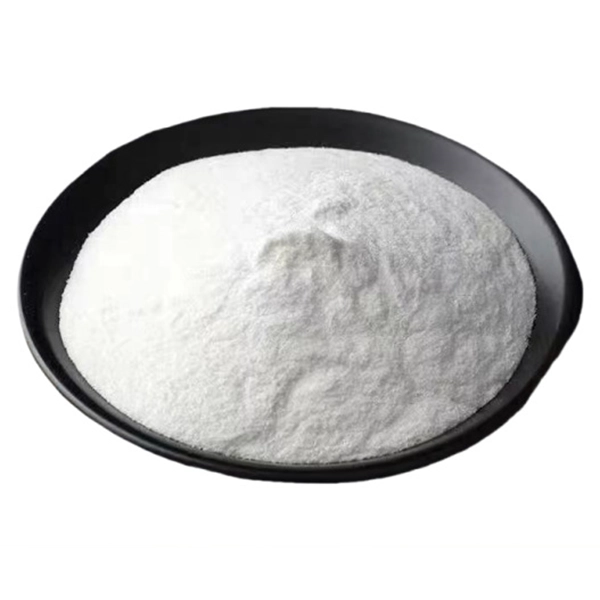+86-15212299029
- All
- Product Name
- Product Keyword
- Product Model
- Product Summary
- Product Description
- Multi Field Search
Views: 220 Author: tcchems Publish Time: 2025-10-30 Origin: Site











Content Menu
● Understanding Tranexamic Acid
>> How is Tranexamic Acid Administered?
● The Relationship Between Tranexamic Acid and Purging
>> Can Tranexamic Acid Cause Gastrointestinal Disturbances?
>> Mechanisms Behind Gastrointestinal Side Effects
● Patient Experiences and Anecdotal Evidence
>> What Do Patients Say About Tranexamic Acid?
● Managing Side Effects of Tranexamic Acid
>> What Can Patients Do to Mitigate Side Effects?
>> When to Seek Medical Attention
Tranexamic acid is a medication that has gained popularity in recent years for its ability to reduce bleeding. It is commonly used in various medical settings, including surgery, dental procedures, and in the treatment of heavy menstrual bleeding. However, as with any medication, it is essential to understand its side effects and how it interacts with the body. One question that has arisen among patients and healthcare providers is whether tranexamic acid can cause purging. In this article, we will explore the relationship between tranexamic acid and purging, examining the mechanisms, potential side effects, and patient experiences.

Tranexamic acid is a synthetic derivative of the amino acid lysine. It works by inhibiting the activation of plasminogen to plasmin, a process that is crucial for the breakdown of fibrin in blood clots. By preventing this breakdown, tranexamic acid helps to stabilize clots and reduce excessive bleeding. It is often prescribed for conditions such as heavy menstrual bleeding, trauma, and surgical procedures where blood loss is a concern.
Tranexamic acid can be administered in several ways, including orally in tablet form, intravenously, or topically. The method of administration often depends on the clinical situation and the severity of the bleeding. For instance, in cases of heavy menstrual bleeding, patients may take oral tablets, while in surgical settings, intravenous administration may be preferred for rapid action.
Purging refers to the process of expelling substances from the body, often associated with eating disorders such as bulimia nervosa. However, in a broader context, purging can also refer to the body's natural mechanisms for detoxification and elimination of waste. This can include vomiting, diarrhea, or other forms of expulsion.
Purging can occur through various physiological processes. The body may react to certain substances, medications, or foods by attempting to eliminate them. This can be a protective mechanism, as the body tries to rid itself of toxins or irritants. In some cases, medications can trigger gastrointestinal disturbances, leading to symptoms that may be described as purging.
While tranexamic acid is primarily known for its effects on blood clotting, it can also have gastrointestinal side effects. Some patients report experiencing nausea, vomiting, or diarrhea after taking tranexamic acid. These symptoms can be distressing and may lead some individuals to describe their experience as purging.
The gastrointestinal side effects associated with tranexamic acid may be due to several factors. First, the medication can irritate the stomach lining, leading to nausea and vomiting. Additionally, tranexamic acid can affect the balance of fluids in the body, potentially leading to diarrhea. These reactions can vary from person to person, with some individuals experiencing more severe symptoms than others.
Patient experiences with tranexamic acid can vary widely. Some individuals report significant relief from heavy bleeding without any adverse effects, while others may experience gastrointestinal disturbances. Anecdotal evidence suggests that a subset of patients may feel that they are "purging" when they experience these side effects.
In clinical practice, healthcare providers have noted instances where patients taking tranexamic acid reported gastrointestinal symptoms. While these reports are not universal, they highlight the importance of monitoring patients for side effects. It is crucial for healthcare providers to discuss potential side effects with patients before starting treatment.
For patients experiencing gastrointestinal disturbances while taking tranexamic acid, there are several strategies that may help mitigate these side effects. Staying hydrated is essential, as it can help alleviate symptoms of nausea and diarrhea. Additionally, taking the medication with food may reduce stomach irritation.
Patients should be aware of when to seek medical attention for side effects. If gastrointestinal symptoms are severe or persistent, it is important to contact a healthcare provider. In some cases, the provider may recommend discontinuing the medication or exploring alternative treatments.
In summary, tranexamic acid is a valuable medication for managing bleeding, but it can also cause gastrointestinal side effects in some patients. While these side effects may lead some individuals to describe their experience as purging, it is essential to understand that this is not a universal reaction. Patients should communicate openly with their healthcare providers about any side effects they experience, allowing for appropriate management and support.

1. What is tranexamic acid used for?
Tranexamic acid is used to reduce excessive bleeding in various medical situations, including heavy menstrual bleeding and surgical procedures.
2. Can tranexamic acid cause nausea?
Yes, some patients may experience nausea as a side effect of tranexamic acid.
3. Is purging a common side effect of tranexamic acid?
While some patients may describe gastrointestinal disturbances as purging, it is not a common or expected side effect for everyone.
4. What should I do if I experience side effects from tranexamic acid?
If you experience severe or persistent side effects, contact your healthcare provider for advice and potential alternative treatments.
5. Can I take tranexamic acid with food?
Taking tranexamic acid with food may help reduce stomach irritation and mitigate gastrointestinal side effects.
Hot Tags: China, Global, OEM, private label, manufacturers, factory, suppliers, manufacturing company



